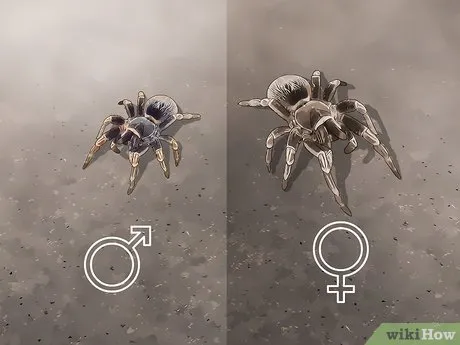Understanding Tarantulas and Handling
Tarantulas, while fascinating creatures, require a unique approach when it comes to handling. Their delicate bodies and potent defenses mean that interacting with them must be done with care and respect. This guide aims to equip you with the knowledge necessary to handle your tarantula safely and responsibly. It is important to remember that handling is not always necessary and can be stressful for the spider. Frequent handling is generally not recommended, but understanding how to do it correctly, if needed, is crucial for both your safety and the well-being of your pet. Always prioritize the spider’s welfare and your own safety.
Tarantula Behavior and Temperament
Before attempting to pick up your tarantula, understanding its behavior is crucial. Tarantulas are generally not aggressive but can be defensive. Their temperament varies by species and even by individual spider. Some tarantulas are docile and tolerate handling better, while others are more skittish or prone to biting. Observe your tarantula’s behavior in its enclosure. Note its activity levels, feeding habits, and any signs of stress such as flicking hairs (urticating hairs), raising its front legs (threat posture), or rapid movements. Knowing your tarantula’s personality will help you anticipate its reactions and handle it more safely.
Identifying Your Tarantula’s Mood

A tarantula’s mood is often telegraphed through its body language. Learn to recognize these cues. A relaxed tarantula might simply be sitting or slowly exploring its enclosure. A stressed or defensive tarantula, on the other hand, might adopt a threat posture, lift its front legs, or flick hairs. A tarantula preparing to strike may also raise its body slightly. Avoid handling if your tarantula displays these signs. Also, consider factors like recent molting or being in a premolt phase, as tarantulas are typically more vulnerable and defensive during these times. If you are unsure, it is always best to err on the side of caution and postpone handling.
Essential Equipment for Handling
Proper equipment is essential for safe tarantula handling. This equipment not only protects you but also helps to minimize stress on the spider. The choice of tools and equipment depends on your tarantula’s size, species, and temperament, but certain items are universally useful.
Choosing the Right Tools
Consider using long, soft-tipped tongs or a paintbrush to gently guide the tarantula. This helps prevent direct contact and minimizes the risk of bites. A clear container or enclosure of appropriate size can be used to move the tarantula safely, should the need arise. Always have a secure, escape-proof enclosure ready in case your tarantula escapes during handling. Gloves are also an option, but be aware that they might reduce your dexterity and your ability to sense subtle movements from the tarantula. Wash your hands thoroughly before and after handling your tarantula to prevent the spread of germs.
Preparing Your Environment
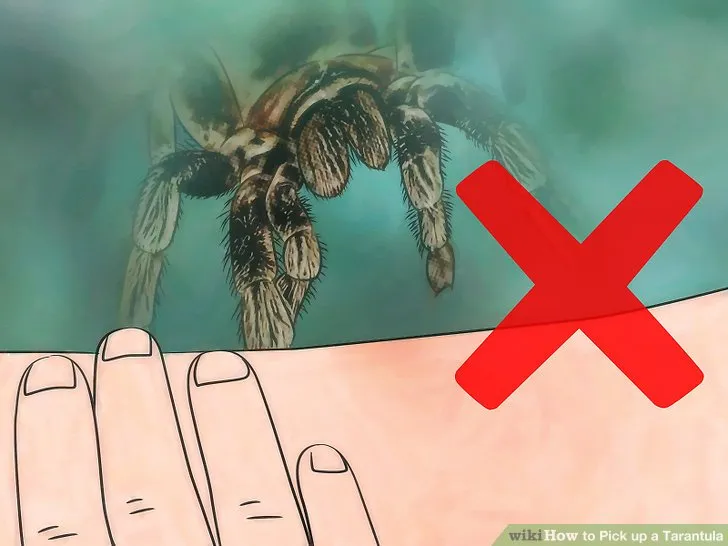
Before attempting to handle your tarantula, ensure the environment is prepared. This minimizes the risk of escape and provides a safer handling area. The handling location should be free of potential hazards, such as sharp objects, other pets, or small spaces where the tarantula could hide. Prepare a secure container or enclosure where you can place the tarantula temporarily, if necessary. Consider handling your tarantula over a soft surface, such as a bed or a carpet, to cushion any accidental falls. Make sure that all doors and windows are closed to prevent escape. Always be aware of the tarantula’s location during handling.
Step-by-Step Guide to Picking Up Your Tarantula
Once you have assessed your tarantula’s mood and prepared the environment, you can proceed with handling. Remember to remain calm and patient throughout the process. Nervousness on your part can transfer to the tarantula and make it more likely to act defensively. Move slowly and deliberately, avoiding any sudden movements that might startle the spider.
Approaching Your Tarantula
Approach your tarantula slowly and calmly. Speak in a gentle tone to avoid startling it. Avoid making any sudden movements or reaching down towards the tarantula from above. Instead, position your hand or the chosen handling tool in front of the tarantula, allowing it to approach you. Never grab or forcefully pick up the spider. Allow the tarantula to make the first move, if possible. This approach minimizes stress and gives the tarantula a sense of control.
The Lift and Hold Technique
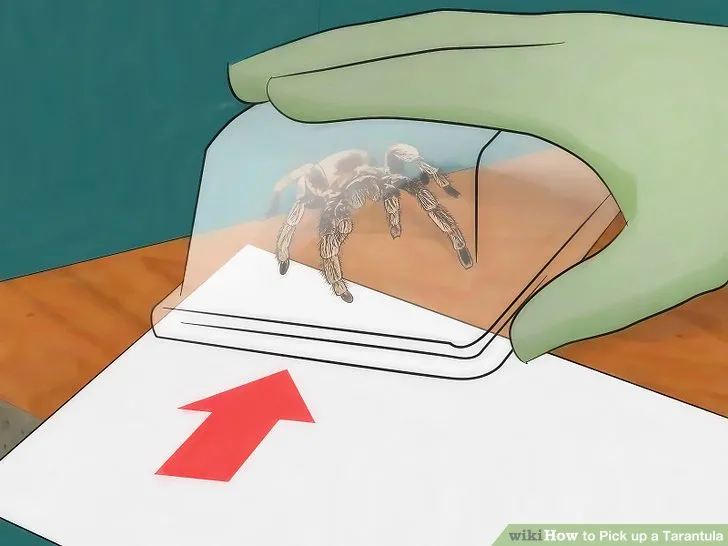
If the tarantula appears receptive, gently encourage it onto your hand using a soft brush or by gently nudging its legs. Once it is on your hand, support its body with your other hand, if needed. Handle your tarantula close to the ground or surface to prevent it from falling. Move slowly and deliberately to avoid startling the tarantula. Maintain a firm but gentle grip, being careful not to squeeze or restrict its movement. Keep your handling session brief, and always be prepared to return the tarantula to its enclosure if it shows signs of stress.
What to Do If Your Tarantula Runs
If your tarantula starts to run or attempts to escape, remain calm. Do not make any sudden movements that could startle it further. Gently guide the tarantula towards a safe location, such as its enclosure or a prepared container. Use the soft brush or the tongs to help direct its movement, if necessary. Do not chase or try to grab the tarantula; this will only make it more likely to run and potentially injure itself. Once the tarantula is safely contained, reassess the situation and decide if further handling is necessary.
Post-Handling Care and Observation
After handling your tarantula, observe it carefully for any signs of stress or injury. This helps ensure its well-being. Monitor its behavior and appearance in the days following handling and make any necessary adjustments in its environment or care routine.
Checking for Injuries
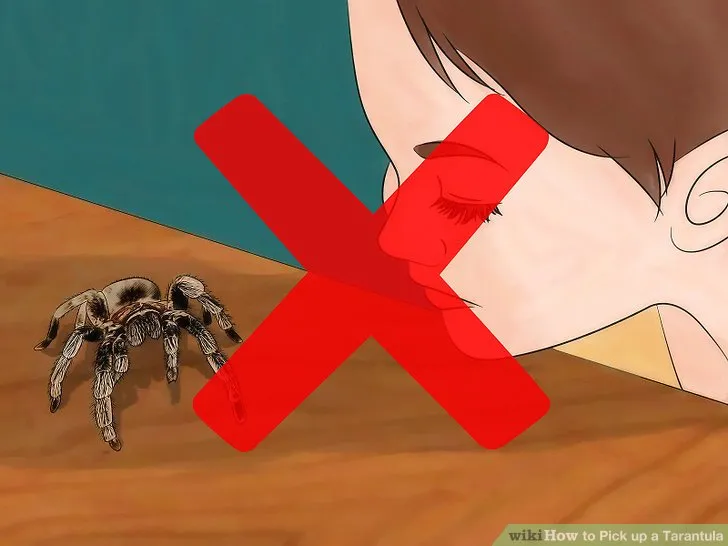
Carefully inspect your tarantula for any signs of injury after handling. Look for damage to its legs, abdomen, or fangs. Small scratches or abrasions are not uncommon, but any significant injuries should be addressed. If you notice any injuries, contact a veterinarian experienced in exotic animals for advice. It is important to provide a safe environment for the tarantula to heal and avoid further handling until it recovers.
Rehousing Your Tarantula After Handling
Once you are done handling the tarantula, return it to its enclosure carefully. Place your hand or the handling tool near the enclosure entrance and allow the tarantula to walk back inside on its own. Avoid dropping or forcing the tarantula into the enclosure. Ensure that the enclosure is secure and that the tarantula has access to fresh water and food, if it is feeding time. Give your tarantula some space and time to settle back into its environment.
Handling Mistakes to Avoid
Certain mistakes can increase the risk of injury to both you and your tarantula. Being aware of these common pitfalls helps you avoid them. Prevention is essential, and a cautious approach will minimize risk.
Common Handling Errors
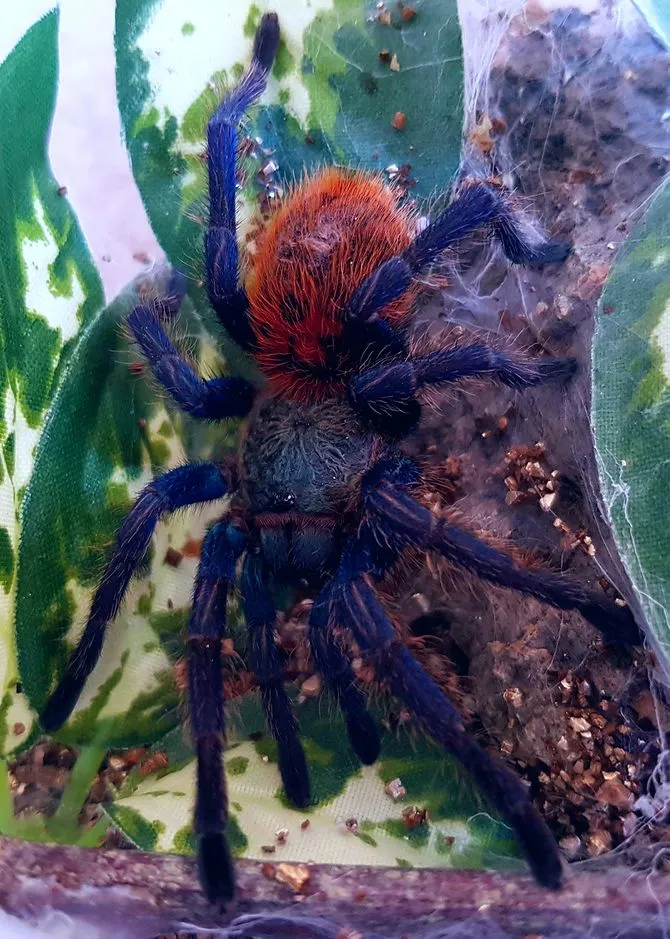
One of the most common mistakes is attempting to handle a tarantula that is clearly stressed or defensive. Another mistake is making sudden movements or loud noises while handling the tarantula, which can startle it and lead to a defensive reaction. Avoid handling your tarantula immediately after it has molted or is about to molt, as it is vulnerable during these periods. Overhandling is another mistake; frequent or prolonged handling can stress the tarantula and negatively affect its health. Always handle with a clear goal in mind and avoid unnecessary interactions.
Dealing With Bites and Irritation
Although tarantula bites are rarely life-threatening, they can be painful. If bitten, clean the wound thoroughly with soap and water. Apply an antiseptic and monitor for any signs of infection. Some tarantulas also have urticating hairs, which can cause skin irritation. If you come into contact with these hairs, wash the affected area with soap and water and avoid rubbing or scratching. If irritation persists or worsens, seek medical attention. Always prioritize safety and the well-being of the tarantula and yourself during any handling activities.
Conclusion Handling Your Tarantula Responsibly
Handling a tarantula should always be done with caution and respect. By understanding tarantula behavior, preparing the environment, and following the steps outlined in this guide, you can minimize the risks involved. Remember, handling is often unnecessary, and the tarantula’s well-being should always be your top priority. Always prioritize the spider’s welfare and your own safety. If you’re unsure about any aspect of handling, it is always best to err on the side of caution and seek advice from an experienced tarantula keeper or a veterinarian specializing in exotic animals. Responsible tarantula ownership involves understanding and respecting these fascinating creatures.
